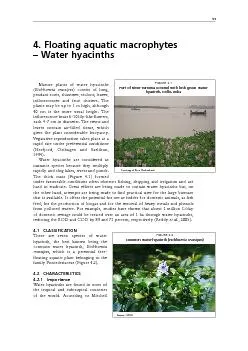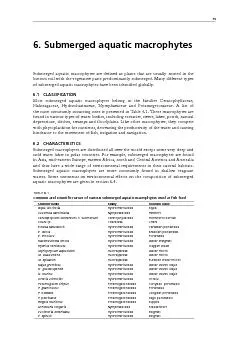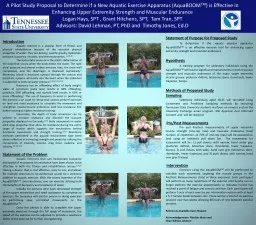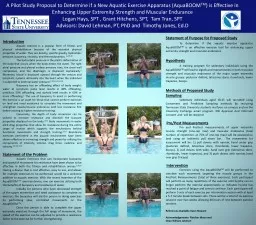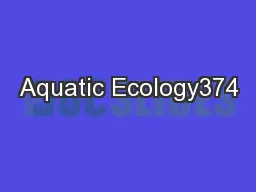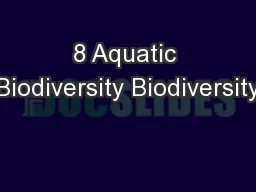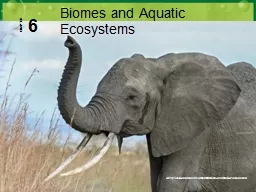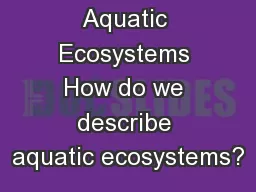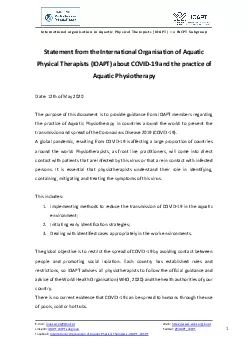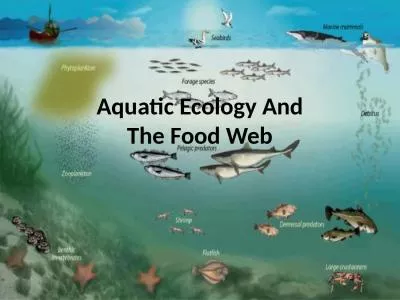PDF-4. Floating aquatic macrophytes Water hyacinthsMature plants of water
Author : cheryl-pisano | Published Date : 2015-08-10
53 Common water hyacinth RPart of River Yamuna covered with lush green water elhi India Use of algae and aquatic macrophytes as feed in smallscale aquaculture 150
Presentation Embed Code
Download Presentation
Download Presentation The PPT/PDF document "4. Floating aquatic macrophytes Water h..." is the property of its rightful owner. Permission is granted to download and print the materials on this website for personal, non-commercial use only, and to display it on your personal computer provided you do not modify the materials and that you retain all copyright notices contained in the materials. By downloading content from our website, you accept the terms of this agreement.
4. Floating aquatic macrophytes Water hyacinthsMature plants of water: Transcript
Download Rules Of Document
"4. Floating aquatic macrophytes Water hyacinthsMature plants of water"The content belongs to its owner. You may download and print it for personal use, without modification, and keep all copyright notices. By downloading, you agree to these terms.
Related Documents

